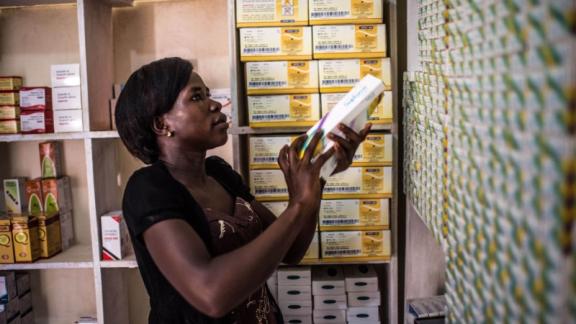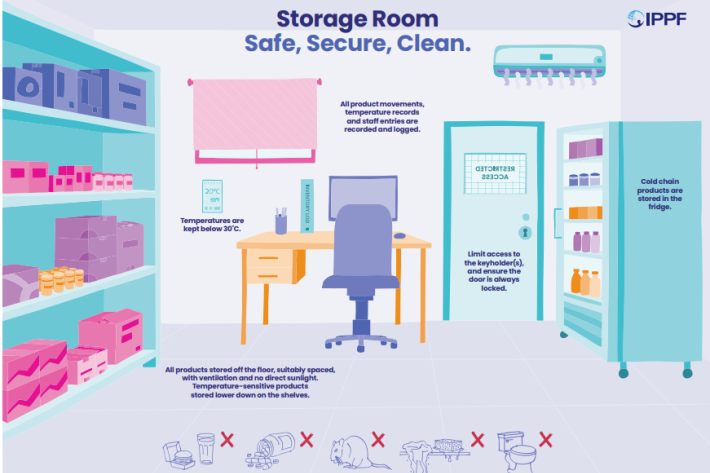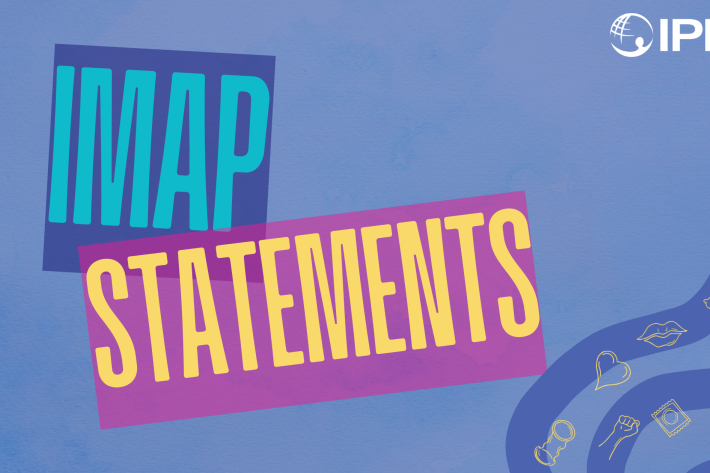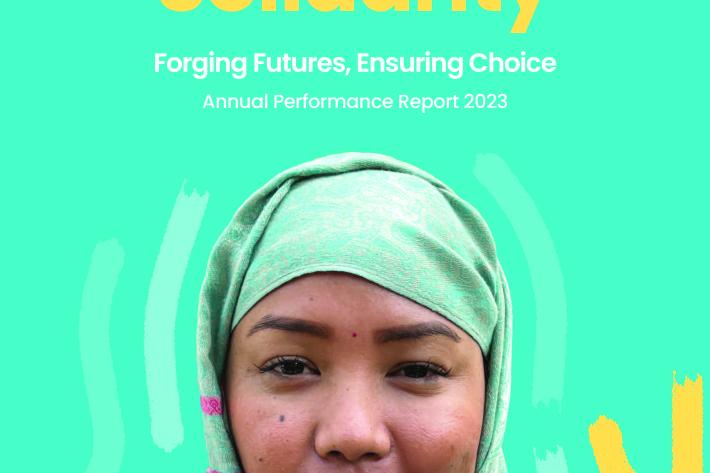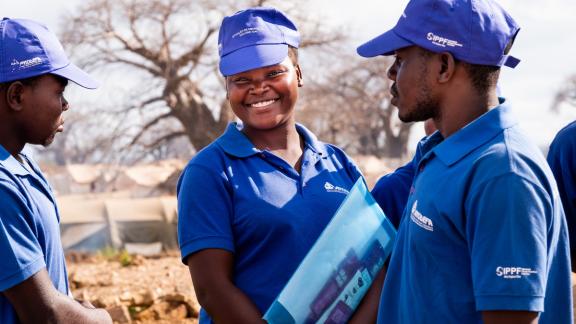Spotlight
A selection of resources from across the Federation
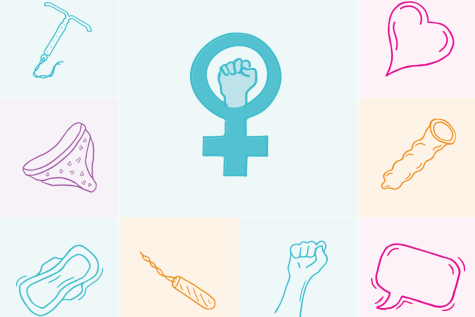
Technical Brief: Designing and Delivering Inclusive, Rights-Based Sexual and Reproductive Healthcare to Transgender and Gender Diverse People
This technical brief outlines key recommendations across several sexual and reproductive health service areas to promote access to inclusive care for transgender and gender diverse people.
Filter our resources by:
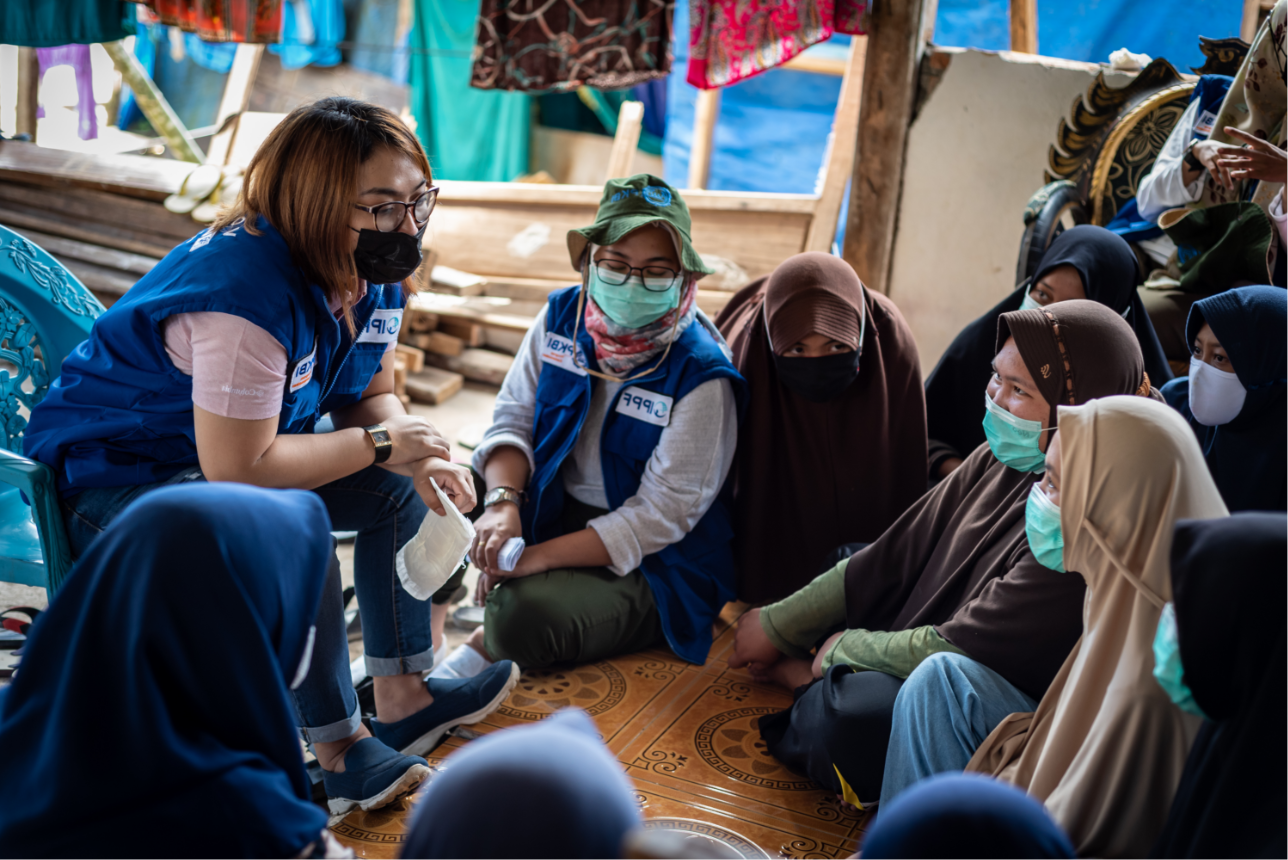
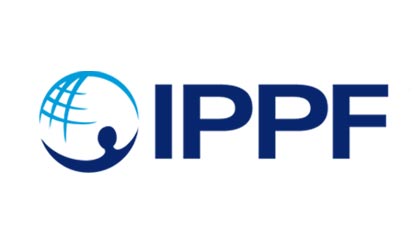
| 26 September 2012
Sexual and reproductive health needs of young people: Matching needs with systems
Sexual and reproductive health needs of young people: matching needs with systems provides background data on the sexual health needs of young people positions young people’s sexual rights as the foundation of healthy sexuality recognises the evolving capacity of young people in decision-making identifies the things that encourage young people to access services describes what should be provided before, during, and after a visit to a youth service. Despite efforts to provide youth-friendly services, the uptake of services by young people is very low. What must be taken into account are young people's pathways to seeking services; and the specific barriers they face before getting to the services, while receiving services, and after leaving the service delivery sites. Attention to the perceptions and needs of young people is essential, along with the development of policies, services, and programmes that address those needs, particularly the youth-friendly approach to service delivery. When young people have access to health and education, they become a powerful force for economic development and positive change. Professionals in their role as clinicians should continuously reflect on their values, attitudes, and commitment to the sexual and reproductive health and rights (SRHR) of young people, and must be competent to provide the services. Access to services is key to promoting the SRHR of young people. A more holistic (so-called “positive”) approach toward SRHR is needed, including services which address sexual and gender-based violence, sexual diversity, discrimination, relationship issues, and fears and concerns about sex and sexuality. Including young people in the design and promotion of the services helps identify the barriers to access and can ensure that services meet the needs of young people. This paper breaks down what should happen at every step, from identifying what will make a young person want, and be able to access a service, to what they should be offered when they reach the service, to follow-up. The authors recommend that health managers should be proactive in advocating for changes in policies and laws that restrict access to sexual and reproductive health services for young people; and that they evaluate and document the impact of SRHR interventions on young people's morbidity and mortality.
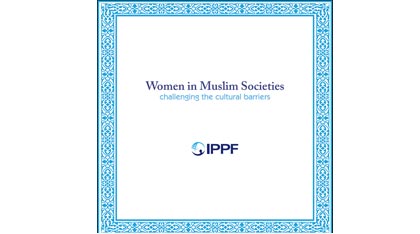
| 25 September 2012
Women in Muslim societies
In countries with predominant Muslim populations, targets for the Millennium Development Goals on improving maternal health are lagging. IPPF is committed to a rights based approach for advancing women's health through cultural sensitivity.

| 10 September 2012
Men-streaming in sexual and reproductive health and HIV
This toolkit helps to affirm policies which promote the postive roles that men can play in improving their own sexual and reproductive health - and those of women and children. It also highlights how engaging men in sexual and reproductive health and rights and HIV policies, can help move towards the goal of gender equity.
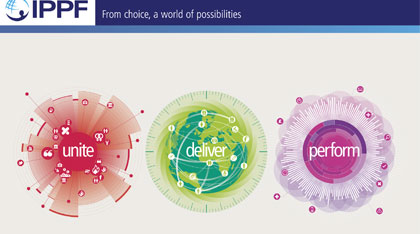
| 06 July 2012
Annual Performance Report 2011-12
2012 is IPPF’s 60th year. The Annual Performance Report confirms, once again, IPPF’s vital role in human development. It opens with an overview of the external challenges that threaten sexual and reproductive health and rights (SRHR). Despite these challenges, IPPF continues to deliver impressive results. In 2011, Member Associations contributed to 116 policy and/or legislative changes in support or defence of sexual and reproductive health and rights (SRHR). The Federation as a whole provided 89.6 million SRH services with the majority going to the poor and vulnerable, including young people. Robust systems and processes have ensured that money has been invested cost-effectively where it is most needed.

| 14 June 2012
Sexual rights and the Universal Periodic Review: A toolkit
This toolkit highlights human rights violations related to sexual and reproductive health and rights, and provides guidance for advocates on how to hold governments (and other duty bearers) to account through the Universal Periodic Review (UPR) process of the United Nations.
| 12 June 2012
At a Glance 2010
Key facts and figures highlighting IPPF's achievements in 2009. Sexual and reproductive ill health causes over 30% of the global burden of disease among women of childbearing age and without IPPF, this burden would be even greater.
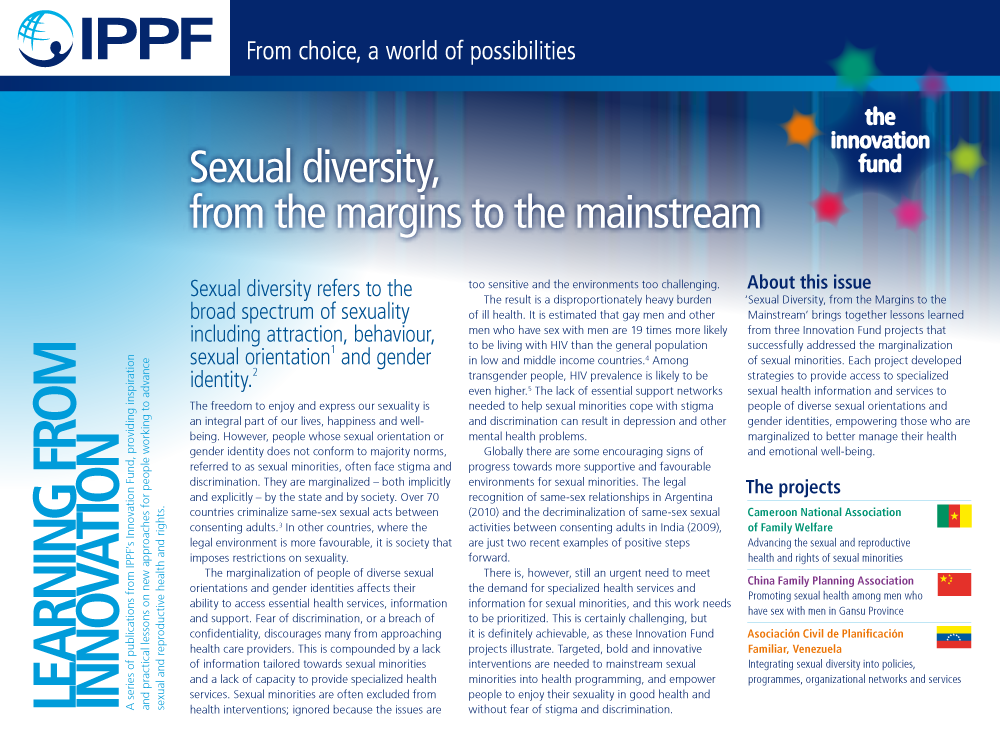
| 06 June 2012
Sexual Diversity: From the margins to the mainstream
Advancing the sexual and reproductive health and rights of sexual minorities, promoting sexual health among men who have sex with men and integrating sexual diversity into policies, programmes, organizational networks and services. Lessons learnt from the Innovation Fund.
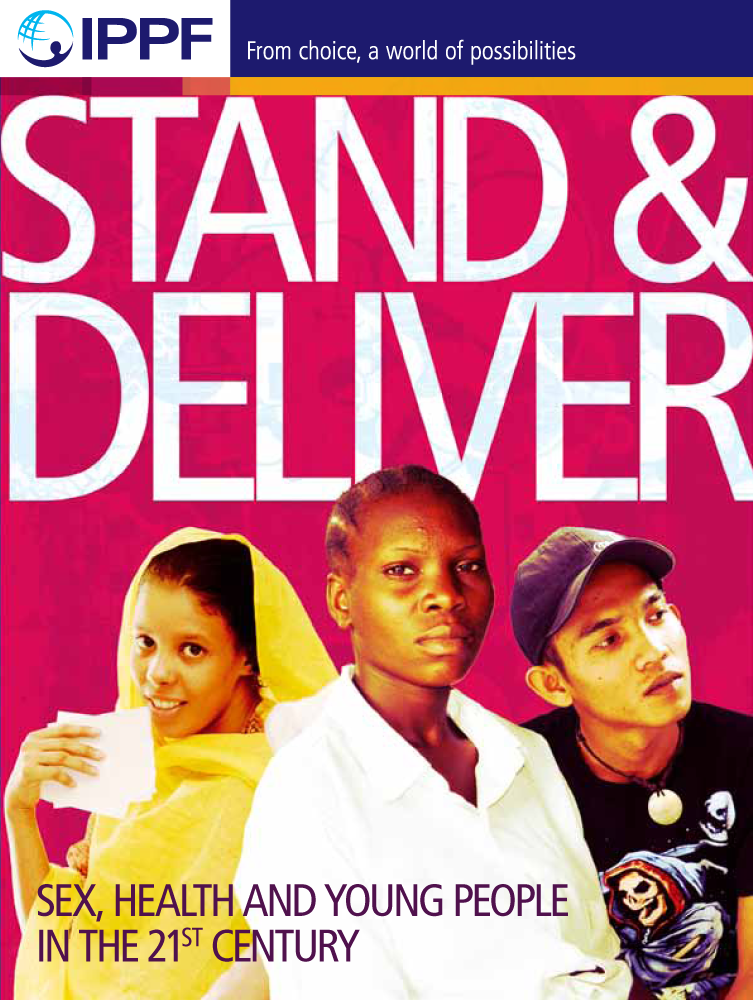
| 06 June 2012
Stand and Deliver: Sex, health and young people
Key advocacy report discusses challenges young people face related to sexual and reproductive health and rights, in many different contexts, and includes useful policy recommendations that may be considered and adapted to different environments.
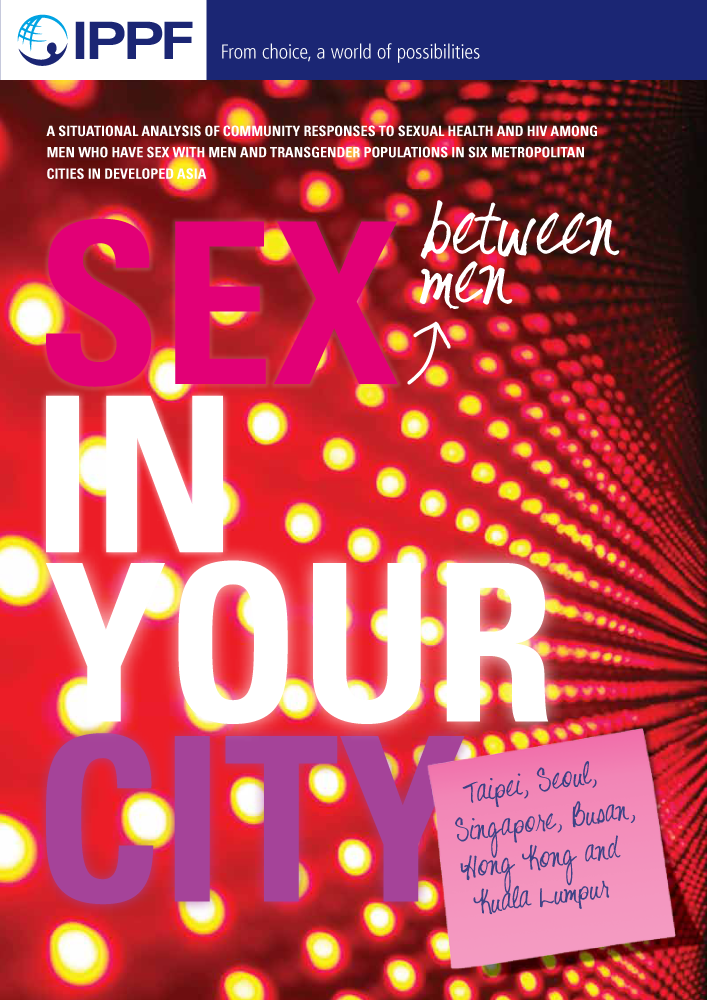
| 06 June 2012
Sex Between Men In Your City
Community responses to the sexual rights of men having sex with men and transgender people in 6 Asian cities.
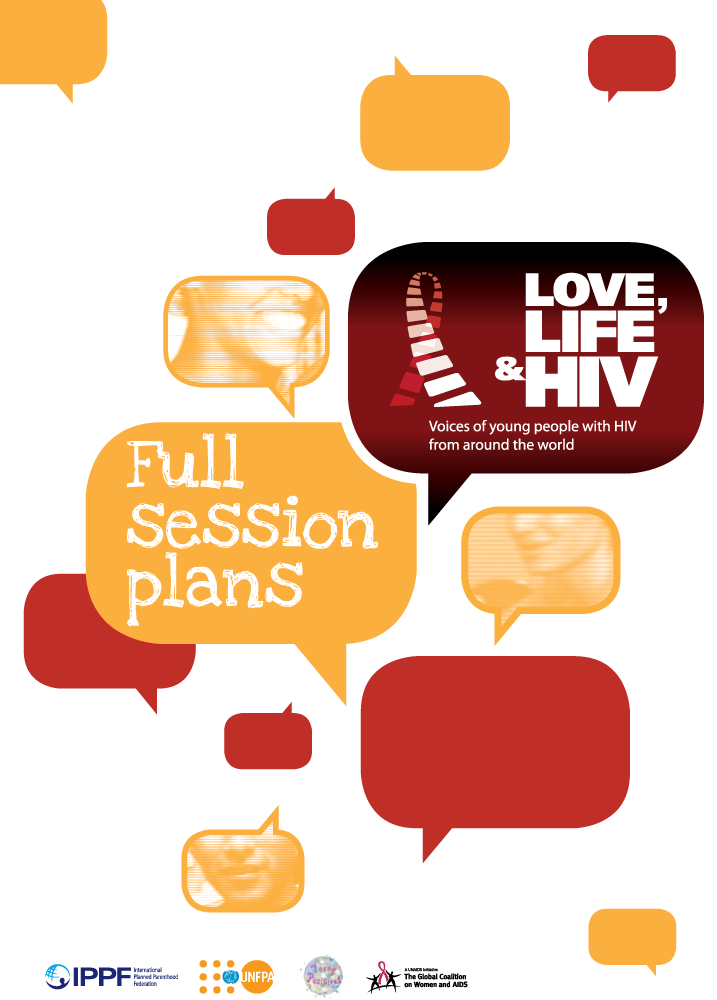
| 06 June 2012
Love, Life and HIV: Voices of young people with HIV
This toolkit is designed to explore the issues raised in the DVD (produced at the same time). It provides information on how to reduce HIV-related stigma and discrimination; and it aims to develop a greater understanding of what it means to be young and living with HIV.
Pagination
- First page
- Previous page
- …
- 31
- 32
- 33
- 34
- 35
- …
- Next page
- Last page







